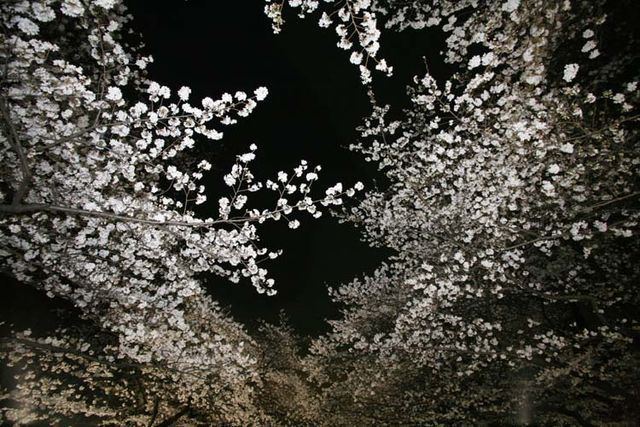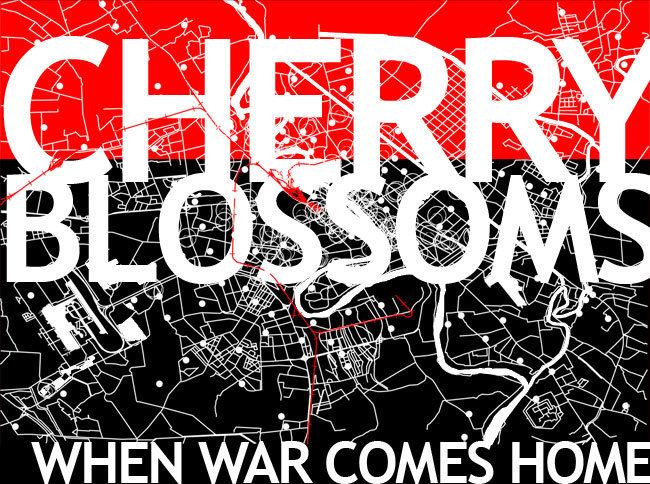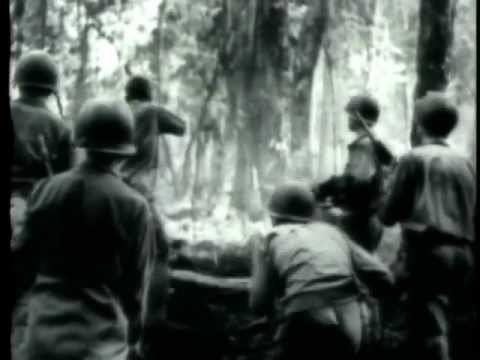Date 22 September 1945 | Location California, United States | |
 | ||
Result Canceled after the Japanese surrender on August 15, 1945 Combatants Japan, United States of America Similar World War II, Bougainville Campaign, Battle of Empress Augusta, Landings at Cape Torokina, Operation Cartwheel | ||
Ww2 revisited operation cherry blossoms at night
Operation Cherry Blossoms at Night was a 1945 plan developed by Shirō Ishii to wage biological warfare upon civilian population centers in Southern California in the United States during the final months of World War II, using pathogens created by members of Ishii's Unit 731.
Contents

Background

Unit 731 was specifically created by the Japanese military in Harbin which was then located in Japanese-occupied Manchukuo for researching biological and chemical warfare which they carried out human experimentation on men, women, children, and infants, regardless of whether they were captives or warfare casualties. During the Second Sino-Japanese War and later World War II, the Japanese had encased bubonic plague, cholera, smallpox, botulism, anthrax, and other diseases into bombs where they were routinely dropped on Chinese combatants and non-combatants. According to the 2002 International Symposium on the Crimes of Bacteriological Warfare, the number of people killed by the Imperial Japanese Army germ warfare and human experiments is around 580,000. According to other sources, "tens of thousands, and perhaps as many as 400,000 Chinese died of bubonic plague, cholera, anthrax and other diseases" from the use of biological warfare.

During the first few months at war with the United States following the attack on Pearl Harbor, Japan also had previously planned to use biological weapons against Americans. During the Battle of Bataan in March 1942, the Japanese considered releasing 200 pounds of plague-carrying fleas—about 150 million insects—in each of ten separate attacks. However, the surrender of American forces rendered the plan unnecessary. In early July 1944 during the Battle of Saipan, when the war was going against Japan, plague-infested fleas were again intended to be used against American combatants. However, the Japanese submarine carrying the fleas was sunk by the American submarine Swordfish off Chichi Jima. Around November 1944, Japan succeeded in launching a total of 9,300 incendiary and antipersonnel bombs carried by balloons which were designed to rise to 30,000 feet, swept eastward by the jet stream to the continental United States. These killed six American civilians near Bly, Oregon, crashed into a farm in Medford, Oregon, and caused a short circuit in the power lines supplying electricity for the nuclear reactor cooling pumps in the Manhattan Project's production facility at the Hanford Site in Washington (however backup safety devices restored power almost immediately). During the Battle of Iwo Jima, another biological attack was considered against the invading Americans. Pilot Shoichi Matsumoto later recounted how two gliders carrying pathogens were supposed to be towed over the battle and released, but the gliders that were supposed to take off from mainland Japan to Matsumoto's airfield in Pingfang District in preparation for the attack never reached their destination.
Operational plan

During the last months of the war, Ishii was preparing for a long-distance attack on the United States. This operation, codenamed "Cherry Blossoms at Night", called for the use of airplanes to spread plague over Southern California at night. The plan was finalized on March 26, 1945. Five of the new I-400-class long-range submarines were to be sent across the Pacific Ocean, each carrying three Aichi M6A Seiran aircraft loaded with plague-infected fleas. The submarines were to surface near San Diego and launch the aircraft towards the target, either to drop the plague via balloon bombs, or to crash in enemy territory. Either way, the plague would then infect people in the area and kill perhaps tens of thousands. The mission was extremely risky for the pilots and submariners, likely a one-way kamikaze mission. A pilot under the command of Ishii, Ishio Kobata, recalled the plan in 1998:

I was told directly by Shiro Ishii of the kamikaze mission "Cherry Blossoms at Night", which was named by Ishii himself. I was a leader of a squad of seventeen. I understood that the mission was to spread contaminated fleas in the enemy's base and contaminate them with plague.

The plan was scheduled to begin on September 22, 1945, but was not realized because of the surrender of Japan on August 15 1945. Arata Mizoguchi, who was a Unit 731 commander in the Imperial Japanese Navy, said that only three I-400 had been built by August 15, 1945, but estimated that, by September 2, two or three more would have been built ahead of schedule had the war gone on.
